Best Time To Prune Willows: How To Prune A Willow Tree
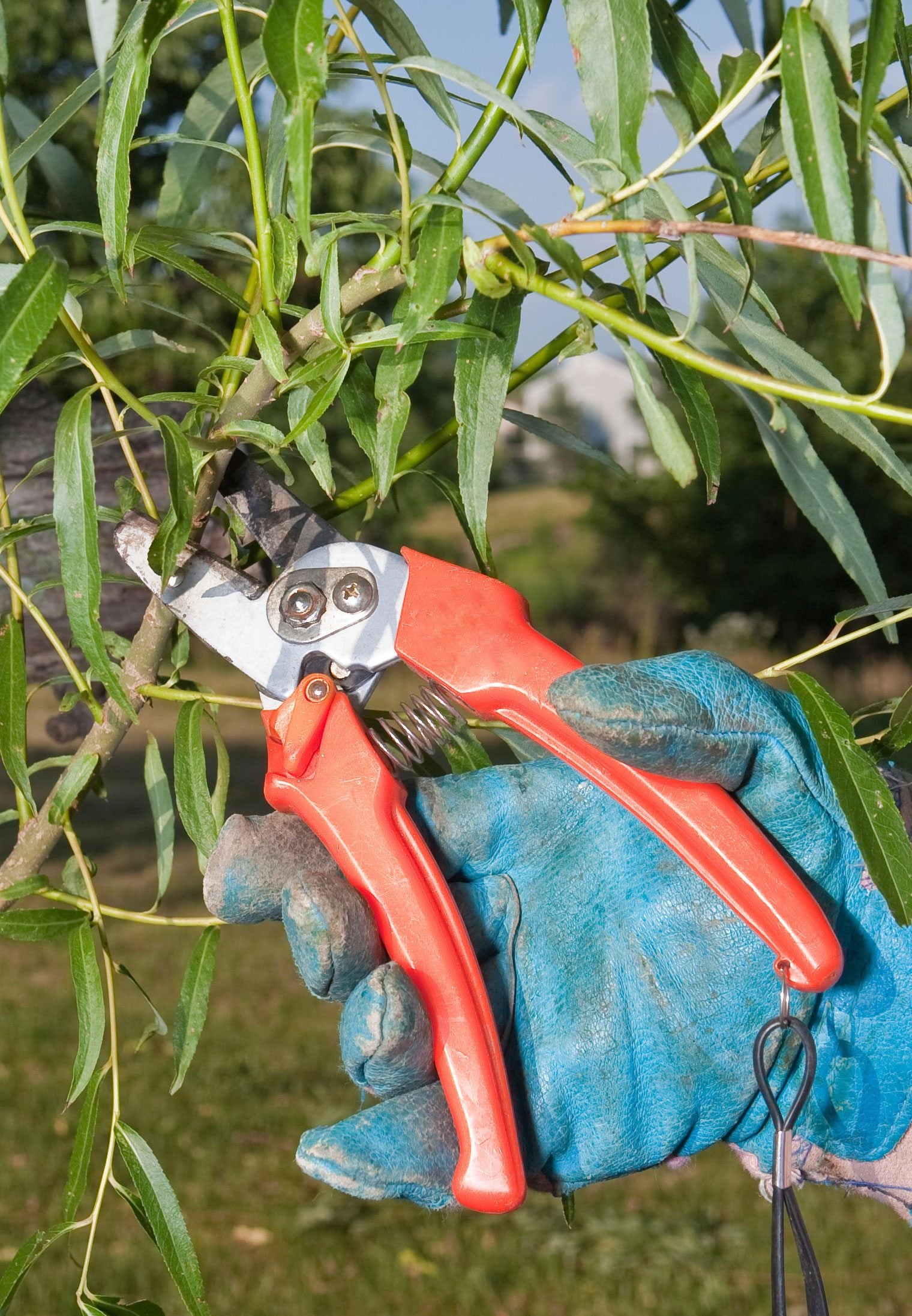

Willow trees need special pruning that begins while the tree is young. Proper pruning helps establish a graceful growth pattern and prevents damage as the tree grows. Let's find out how to prune a willow tree.
Willow Tree Pruning
Willow trees are more durable and have a better shape if you do most of the pruning and shaping while the tree is young. Pruning willow trees properly while they are young and easier to prune means you probably won't have to make major changes in the tree's structure when it is older and more difficult to prune.
Willow trees bleed sap if you prune them while they are actively growing, so the best time for willow tree pruning is in winter while the tree is dormant. Make sure you have the right tools for the job before you begin. Hand pruners are the tool of choice for small twigs and thin, whip-like stems that are no more than one-half inch (1 cm.) in diameter.
For stems up to 1 1/2 inches (4 cm.) in diameter, use long-handled loppers. The longer handles give better leverage for cleaner cuts. Use a saw for anything larger.
Shaping a Young Tree
When trimming a willow tree sapling, the goal is to develop a strong central leader, which will later become the trunk of the tree. You also want to remove branches that are too close together as well as weak branches that are likely to break when they mature and become heavy. Here are the steps in shaping a willow tree:
- Remove any damaged or broken branches. Make the cuts where the branch attaches to the trunk.
- Choose a tall, upright stem at the top of the tree as a central leader, and remove competing stems.
- Remove branches that grow up instead of out. A narrow crotch angle between the branch and the trunk makes it likely that the branch will break as the tree grows and the branch becomes heavy.
- Remove crowded branches. The result should be branches that are evenly spaced around the tree.
- Remove the branches from the lower part of the tree when the trunk reaches a diameter of 2 inches (5 cm.).
Pruning a Mature Tree
Mature willow trees don't need a lot of pruning. The tree will heal faster with fewer disease problems if you remove broken branches and those that rub against each other. If you shorten the branches, always cut just beyond a leaf bud or twig. Don't allow branches to grow on the lower part of the tree.
If you catch new growth soon enough, you can stop it by pinching it off or rubbing it with your fingers. Willow trees grow quickly, and this makes them susceptible to wind breakage. Maintaining a little space between branches allows good air circulation and reduces the amount of breakage.
Gardening tips, videos, info and more delivered right to your inbox!
Sign up for the Gardening Know How newsletter today and receive a free copy of our e-book "How to Grow Delicious Tomatoes".
Remove suckers arising directly from the ground by cutting them off at ground level or below. Suckers drain energy from the tree because they grow very quickly.
Can You Prune a Willow Tree to Shorten Weeping Branches?
Weeping willow trees develop long branches—sometimes long enough to reach the ground. While this gives the tree a graceful shape, it may not be practical in the landscape.
The long branches can become an obstruction to foot traffic and make landscape maintenance more difficult than it has to be. You can shorten them to any length as long as you cut just below a leaf bud.

Jackie Carroll has written over 500 articles for Gardening Know How on a wide range of topics.
-
 Looking For Plants To Give You The Soft And Fuzzies? Try These 5 Fuzzy Leaf Plant Options
Looking For Plants To Give You The Soft And Fuzzies? Try These 5 Fuzzy Leaf Plant OptionsLovers of texture, drama, silver foliage and tactile plants will adore these special sensory garden additions. These fuzzy leaf plant options will leave you all aglow
By Susan Albert
-
 Get Ready For A Summer Of Hummers! Grow These Full Sun Hummingbird Plants and Flowers
Get Ready For A Summer Of Hummers! Grow These Full Sun Hummingbird Plants and FlowersIf you’re lucky enough to enjoy a sunny backyard, make sure you are maxing out on your pollinator opportunities and grow these full sun hummingbird plants and flowers
By Tonya Barnett
-
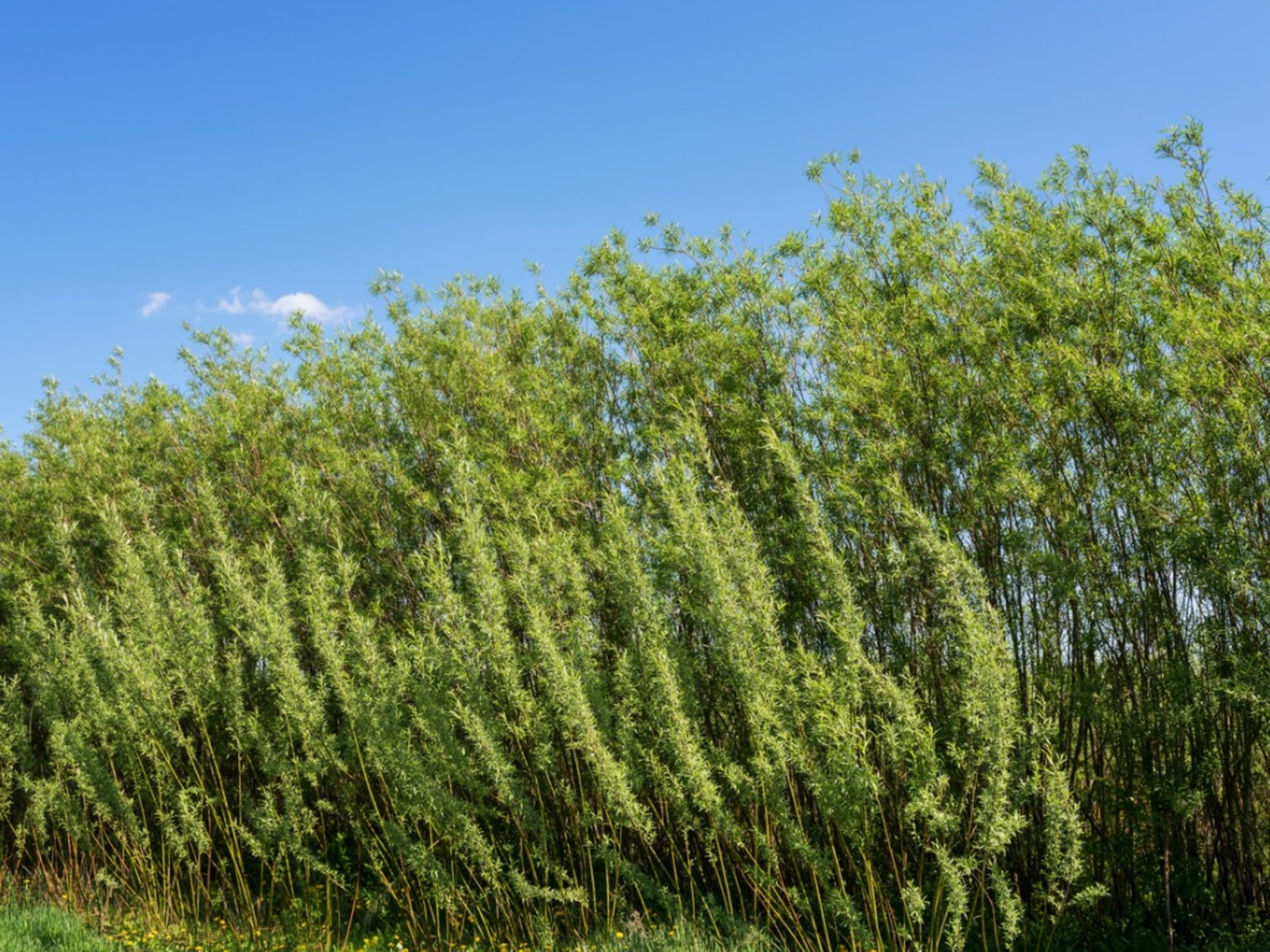 Living Willow Fence Ideas - Tips For Growing A Living Willow Fence
Living Willow Fence Ideas - Tips For Growing A Living Willow FenceCreating a living willow fence is an easy, inexpensive way to screen a view or divide garden areas. Read on to learn more.
By Susan Albert
-
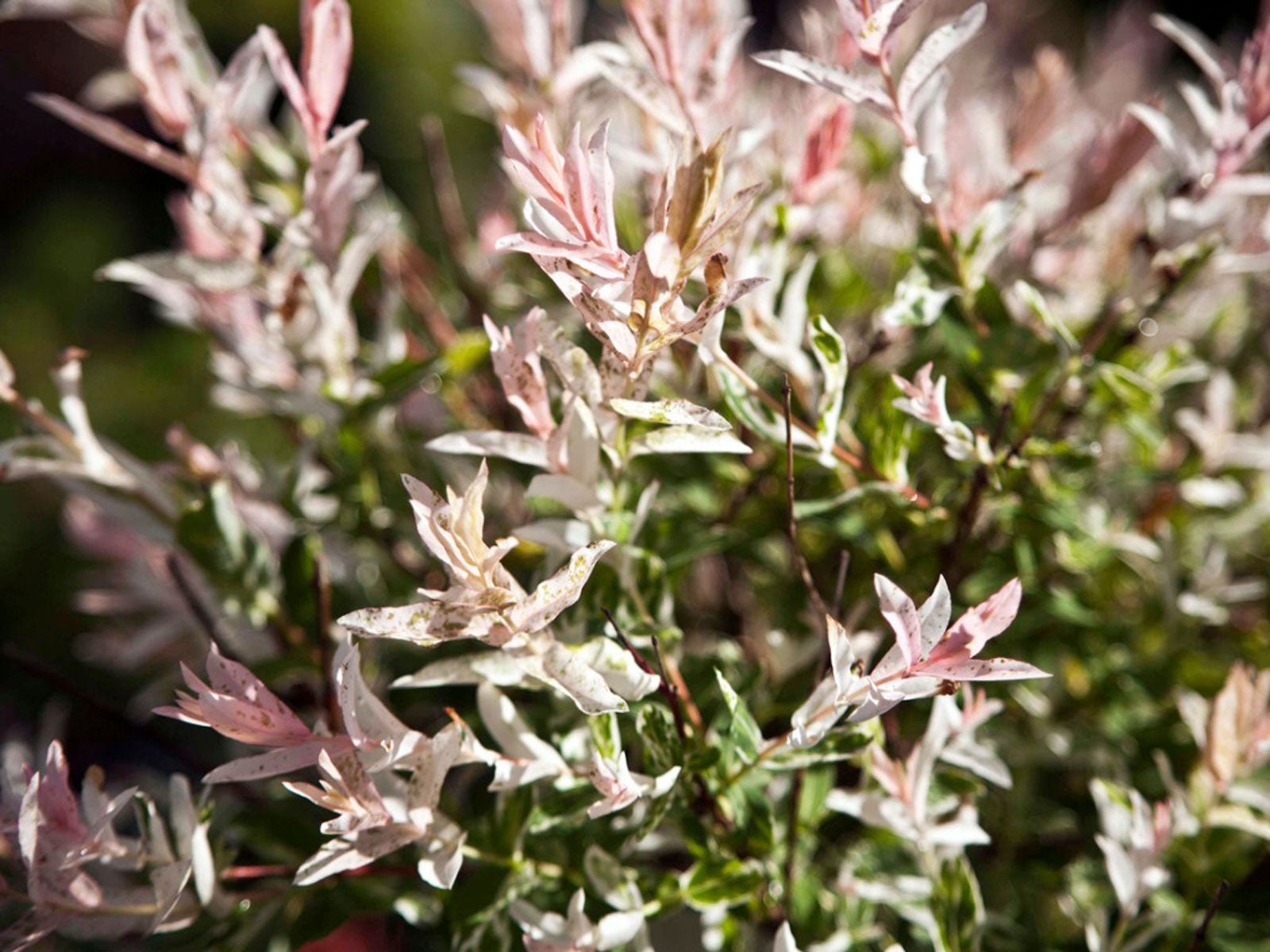 What’s Wrong With My Dappled Willow: Common Dappled Willow Problems
What’s Wrong With My Dappled Willow: Common Dappled Willow ProblemsDappled willow is one of the smaller members of the willow family. Although undemanding, it will occasionally see problems. Learn about them here.
By Teo Spengler
-
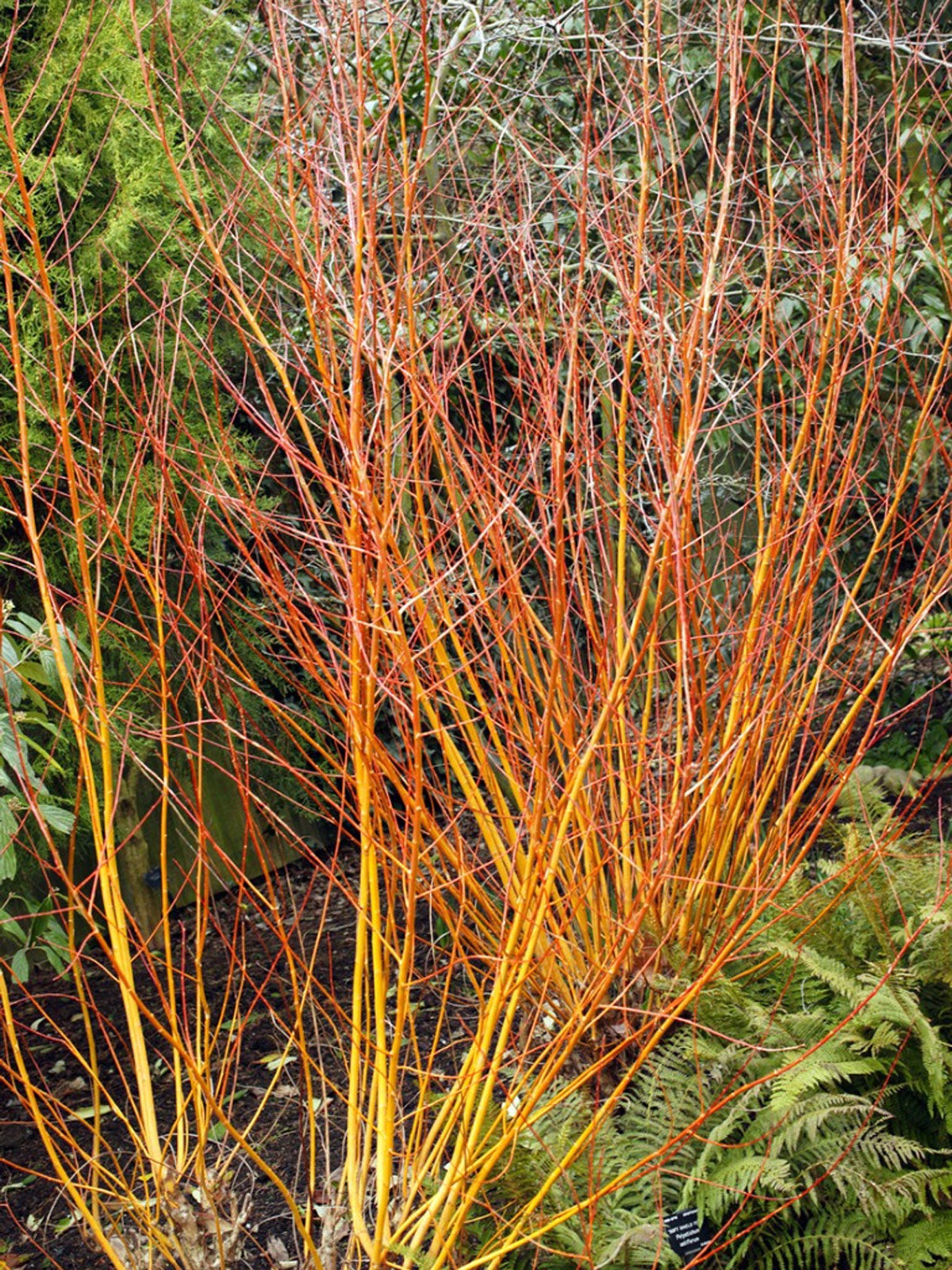 Coral Bark Willow Care – What Is A Coral Bark Willow Tree
Coral Bark Willow Care – What Is A Coral Bark Willow TreeFor lovely winter interest and nice summer foliage, you can’t go wrong with coral bark willow shrubs. Click here for tips on coral bark willow care.
By Teo Spengler
-
Peachleaf Willow Facts – Peachleaf Willow Identification And More
Few trees are easier to grow than native willows. Peachleaf willow trees are no exception. It’s not hard to identify peachleaf willows since they have leaves that look similar to the foliage of peach trees. Click here for peachleaf willow facts that describe this native tree.
By Teo Spengler
-
 Willow Varieties – Types Of Willow Trees To Grow In The Landscape
Willow Varieties – Types Of Willow Trees To Grow In The LandscapeIf you are curious about which willow varieties might work well in your yard or garden, you’ll need to start by figuring out how much room you have and what growing conditions you can offer. Click here for an overview of popular varieties of willows.
By Teo Spengler
-
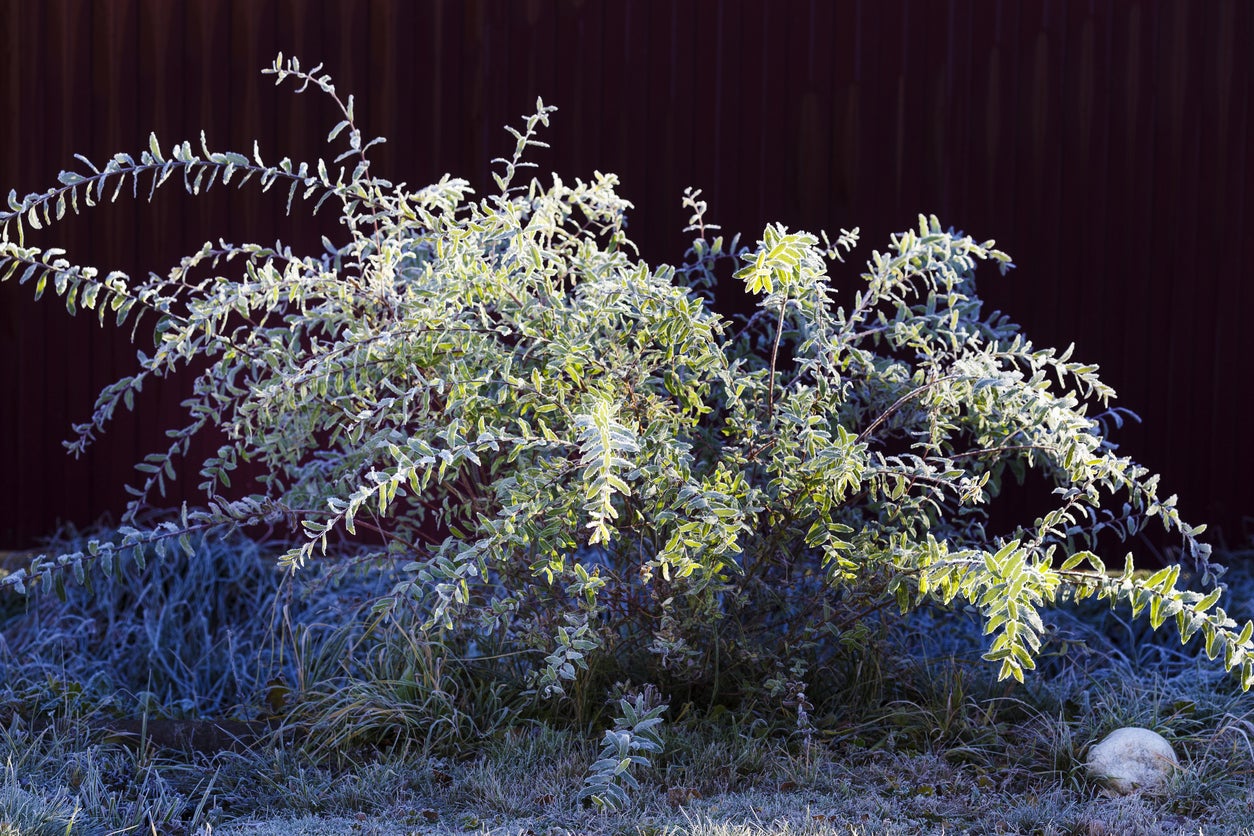 Pruning A Dappled Willow – How To Prune Dappled Willow Shrubs
Pruning A Dappled Willow – How To Prune Dappled Willow ShrubsThe dappled willow is a popular ornamental tree with a graceful weeping habit. Since this tree grows quickly, pruning a dappled willow is always an important part of the maintenance. Click here for information on dappled willow pruning.
By Teo Spengler
-
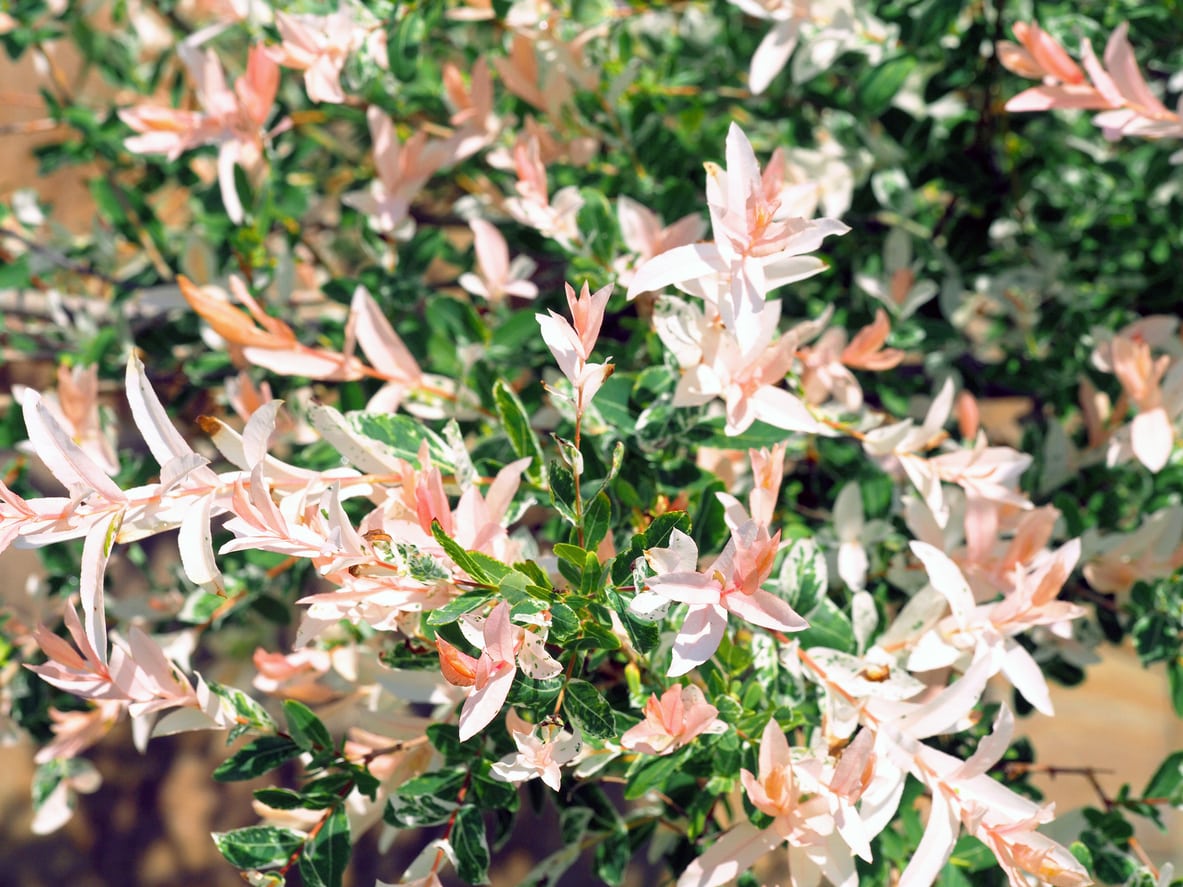 Japanese Willow Pruning – How To Cut Back A Japanese Willow Tree
Japanese Willow Pruning – How To Cut Back A Japanese Willow TreeLike most willows, Japanese willow trees grow extremely fast. Trimming Japanese willows is a chore you may have to do several times a year to keep the shape and size in check. Click this article to learn how to prune Japanese willows.
By Darcy Larum
-
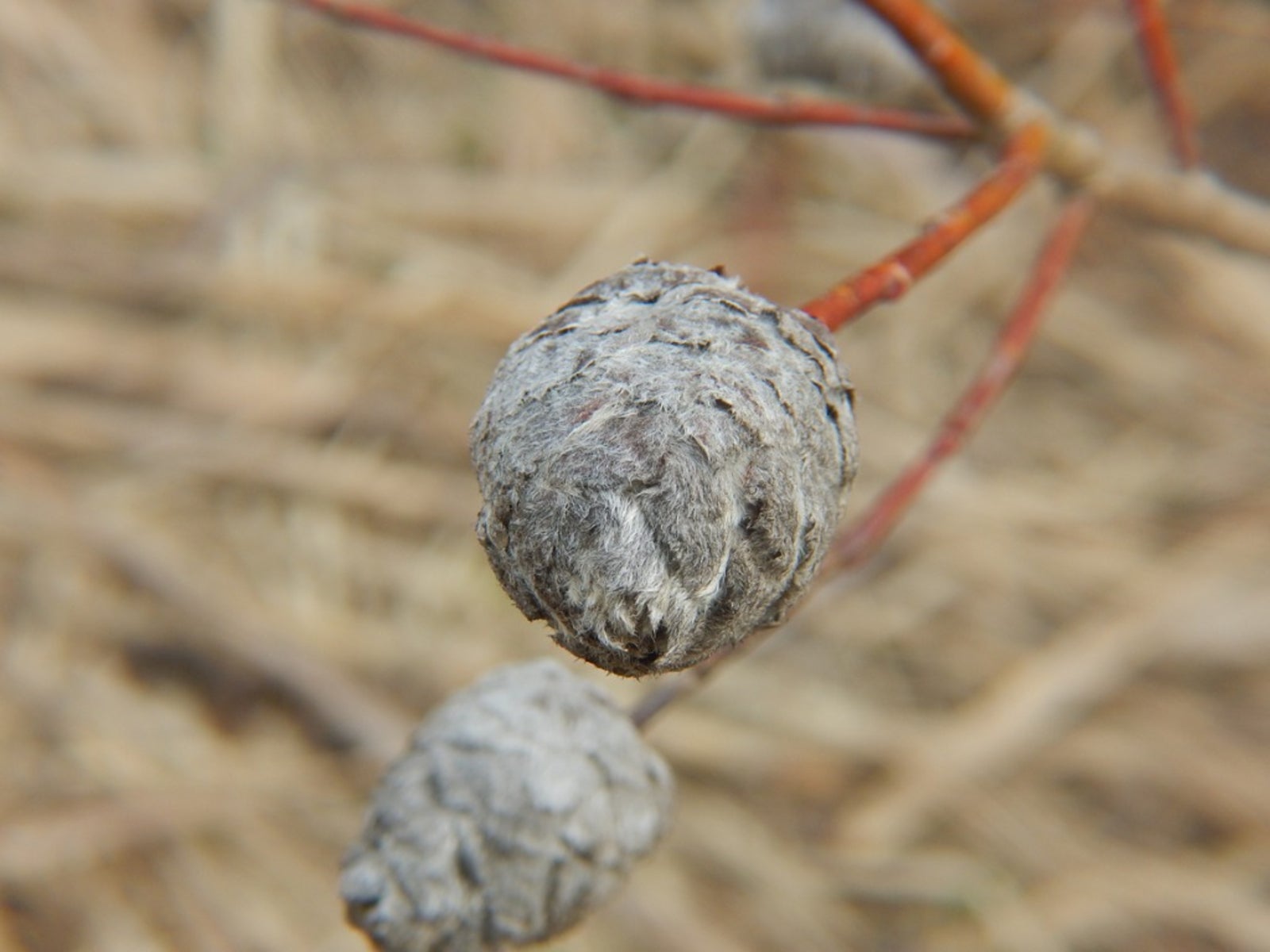 What Are Willow Galls: Learn About Galls On Willow Trees
What Are Willow Galls: Learn About Galls On Willow TreesWillow tree galls are unusual growths that appear on willow trees. You may see different varieties on leaves, shoots, and roots. The galls are caused by sawflies and other pests as well as bacteria and can look quite different depending on the pest causing them. Learn more here.
By Teo Spengler